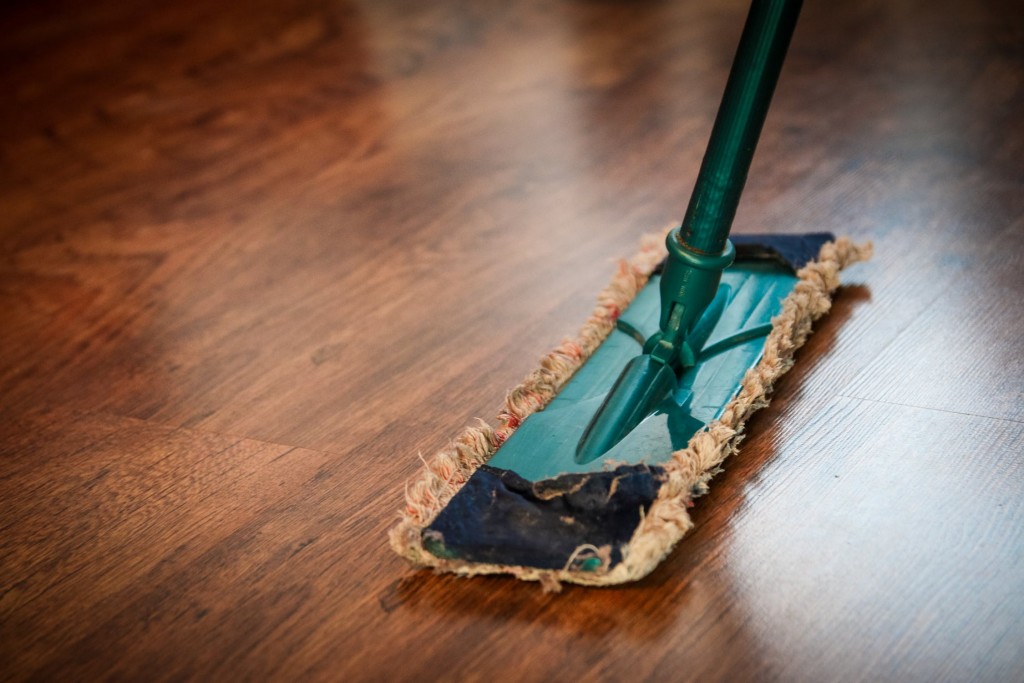A mix of severe air pollution and a prolonged rainy season causes Thai children to spend most of their time indoors for months on end. This is not an ideal situation for any child, but it is especially challenging for children who suffer from dust allergies. Their symptoms are often worsened both by the additional indoor time and the excessive air pollution.
Dust allergies can cause a variety of symptoms, including sneezing, runny noses, itchy or watery eyes, and wheezing and coughing. The symptoms can imitate the common cold, but last for months at a time. Luckily, there are a few ways to prevent allergy symptoms from occurring, even in difficult environmental situations.
Vacuum Flooring Often
When dust enters the air in your home, it floats down and settles on the ground. The dust then gets shaken back up into the air as we walk or as children play. By keeping the floors of your home clean, you can significantly decrease the amount of dust in the air. Keeping the least amount of dust in the air possible is extremely important. The easiest way to reduce allergies is simply through the avoidance of exposure.
The best way to clean your floors is to vacuum with a HEPA filter. HEPA filters keep allergens inside their bags or containers when the particles are brought into the machine. With typical vacuums, these allergens may just recirculate back into the air instead. If you are unable to vacuum your home, mops work as well. The moisture in the mop allows dust particles to stick to its surface instead of reentering the air in the house.
Dust and Clean Objects and Surfaces
When dust settles from the air, it lands on many other surfaces as well as the flooring. It may land on tables, shelves or decorative items. When these items are used or moved, the allergens then go back into the air, and can continue to cause symptoms in dust-allergic children. Because of this, it is important to dust and clean these objects and surfaces often.
One way to clean these areas is by simply using a wet cloth. The moisture in the cloth allows for dust particles to stick to the fabric, similar to the way a mop works on floors. If you would like to use cleaning products in your fight against dust, consider using natural cleaning products, as products filled with harmful chemicals can irritate the respiratory system in the very same ways that a dust allergy can, if not worse. You may want to consider sprinkling baking soda on your carpets once a month before vacuuming. You can also clean surfaces like windows, counters and tables with diluted vinegar and lemon juice in a spray bottle daily. To make this solution, fill a spray bottle with half water and half vinegar. Then squeeze the juice from half of a lemon into the mixture.
Use an Air Purifier
While you continue to clean the flooring and objects in your home, it can be smart to go straight to the problem by treating the air as well. An air purifier with a HEPA filter can remove dust allergens directly from the air in your home before it even has the chance to land on a surface. Along with the air purifier, consider keeping windows and doors closed as much as possible to avoid letting in allergens or pollutants that can make symptoms worse for your children.
Dust allergies are problematic in children, and the pollution and extended rainy season in Thailand worsen their impact significantly. However, by using these three cleaning tips, you can provide a healthy indoor environment for your children to spend their time in. Vacuuming with a HEPA filter, dusting with a wet cloth, and running an air purifier can dramatically improve the quality of air inside your home.





